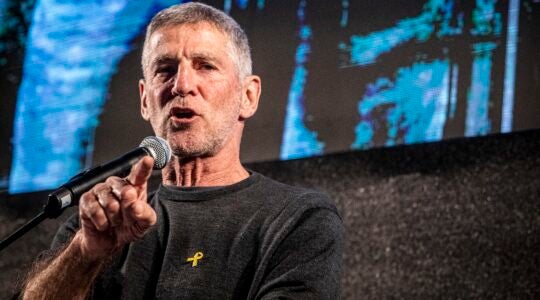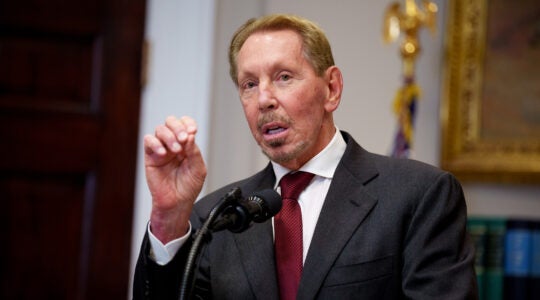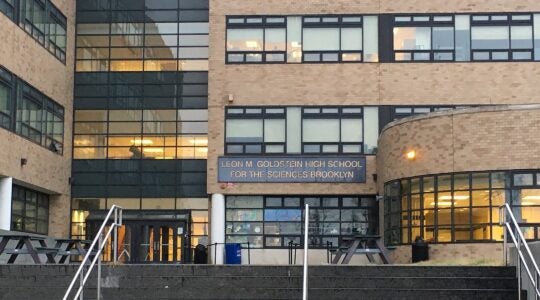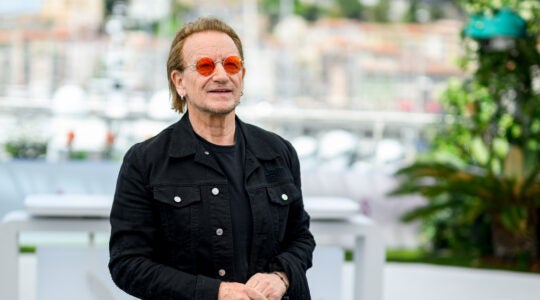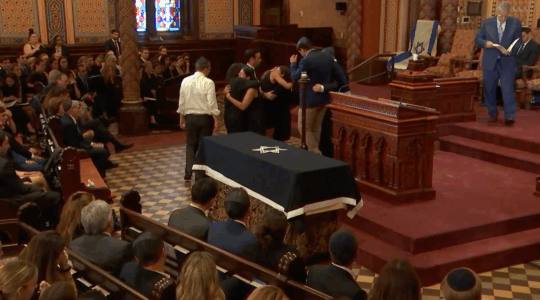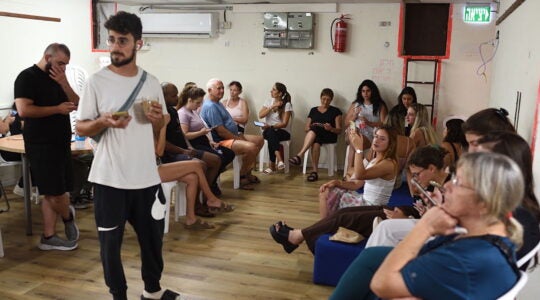LOS ANGELES, March 15 (JTA) — Once proudly known as the “Temple to the Stars,” Hollywood Temple Beth El has been purchased by the Iranian Jewish community as its first regional center. The transfer of ownership reflects the generational, geographical and ethnic changes in the constantly evolving state of Los Angeles Jewry. Beth El, founded 77 years ago, relocated to its present site near Sunset Boulevard in 1952. The Conservative congregation’s membership roll included movie stars Edward G. Robinson and Carmel Myers, the Warner brothers, founders of the film studio that bears their name, Universal Pictures founder Carl Laemmle, cosmetics mogul Max Factor and producer Joe Pasternak. As the congregants’ children and grandchildren, as well as the studios, moved to other parts of the city and to outlying suburbs, Beth El’s membership aged and dwindled. Last year, the 1,200-seat sanctuary attracted barely 50 worshipers, most in their 70s and 80s, and only one of 20 classrooms was still in use. Around the same time as this decline, a trickle — and then a stream of Iranian Jews — fleeing the Islamic revolutionary regime, arrived in Los Angeles. They now number an estimated 30,000, the largest such concentration in the United States. The synagogue complex changed hands earlier this month upon payment of $2.8 million and will now be known as the Hollywood Temple Beth El/Iranian American Jewish Center. More than 600 weekly and 2,500 High Holiday Iranian worshipers are expected to attend traditional services in Persian and Hebrew, while a smaller auditorium will be available to the remaining members of the old Ashkenazi congregation. Both parties declared themselves satisfied with the deal. Dr. Sanford Gaum, Beth El’s immediate past president, said he was happy that the building would remain a synagogue, instead of being torn down to make way for condominiums or a parking structure. For Ezat Delijani, president of the Iranian American Jewish Federation, the new center fulfills “a dream of our community for many years.” He visualizes a thriving, year-round institution that will eventually include a school, senior club, and athletic, cultural and social facilities.
JTA has documented Jewish history in real-time for over a century. Keep our journalism strong by joining us in supporting independent, award-winning reporting.
